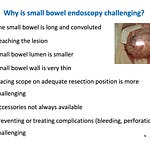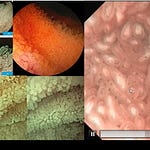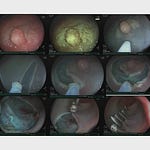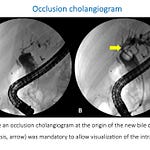Why begin a colonoscopy with your eyes closed? Traditional blind, finger-guided insertion dates back to the fiber-optic era. Modern wide-angle video colonoscopes let you see everything from the first centimeter. The same evolution already happened in upper endoscopy—once blind, now always performed under direct vision. Applying that principle to the colon simply makes sense .
WHAT THE VIDEO DEMONSTRATES
0 : 02 – 0 : 15
Blind insertion “originated during the era of fiber-optic endoscopy” and remains common despite better technology.
0 : 16 – 0 : 29
Wide-angle viewing permits inspection comparable to direct-vision EGD.
0 : 30 – 0 : 40
Direct intubation gives a clear view of all structures of the anorectal canal as soon as the scope is inserted.
0 : 41 – 0 : 53
Although distal inspection can be done on withdrawal, it is “seldomly” performed—so starting with a look prevents missed findings.
0 : 54 – 1 : 05
Take-home message: direct vision is easy, logical, and superior to blind finger guidance, which “does not make sense anymore.”
Subscribers get a downloadable PDF of the exact transcript with high-resolution stills (0 : 02 – 1 : 05) for study and teaching—no additional medical content, just the source in an easy-to-share format.
WHY THE OLD TECHNIQUE PERSISTS—AND WHY TO CHANGE NOW
Listen to this episode with a 7-day free trial
Subscribe to EndoCollab to listen to this post and get 7 days of free access to the full post archives.










